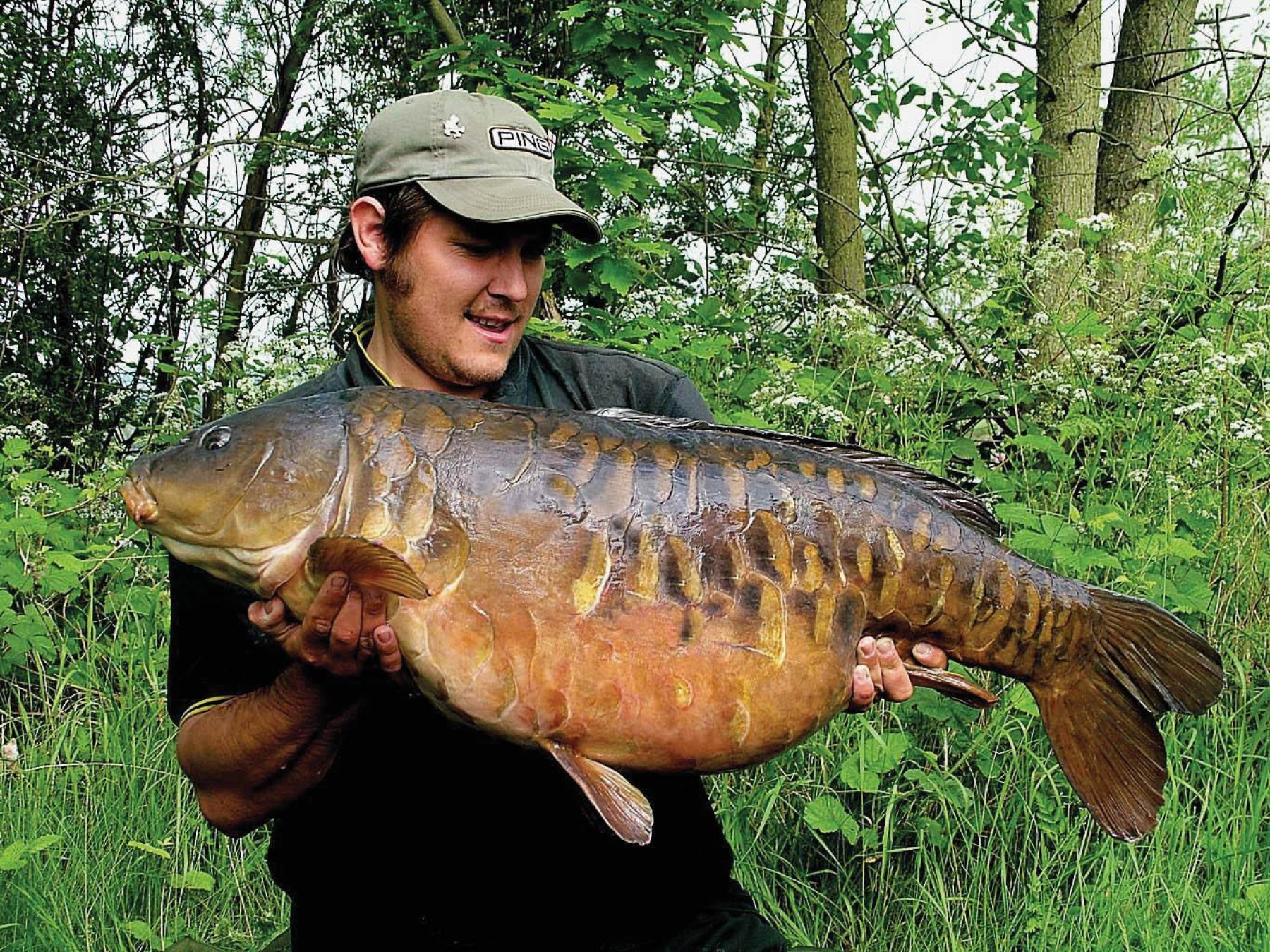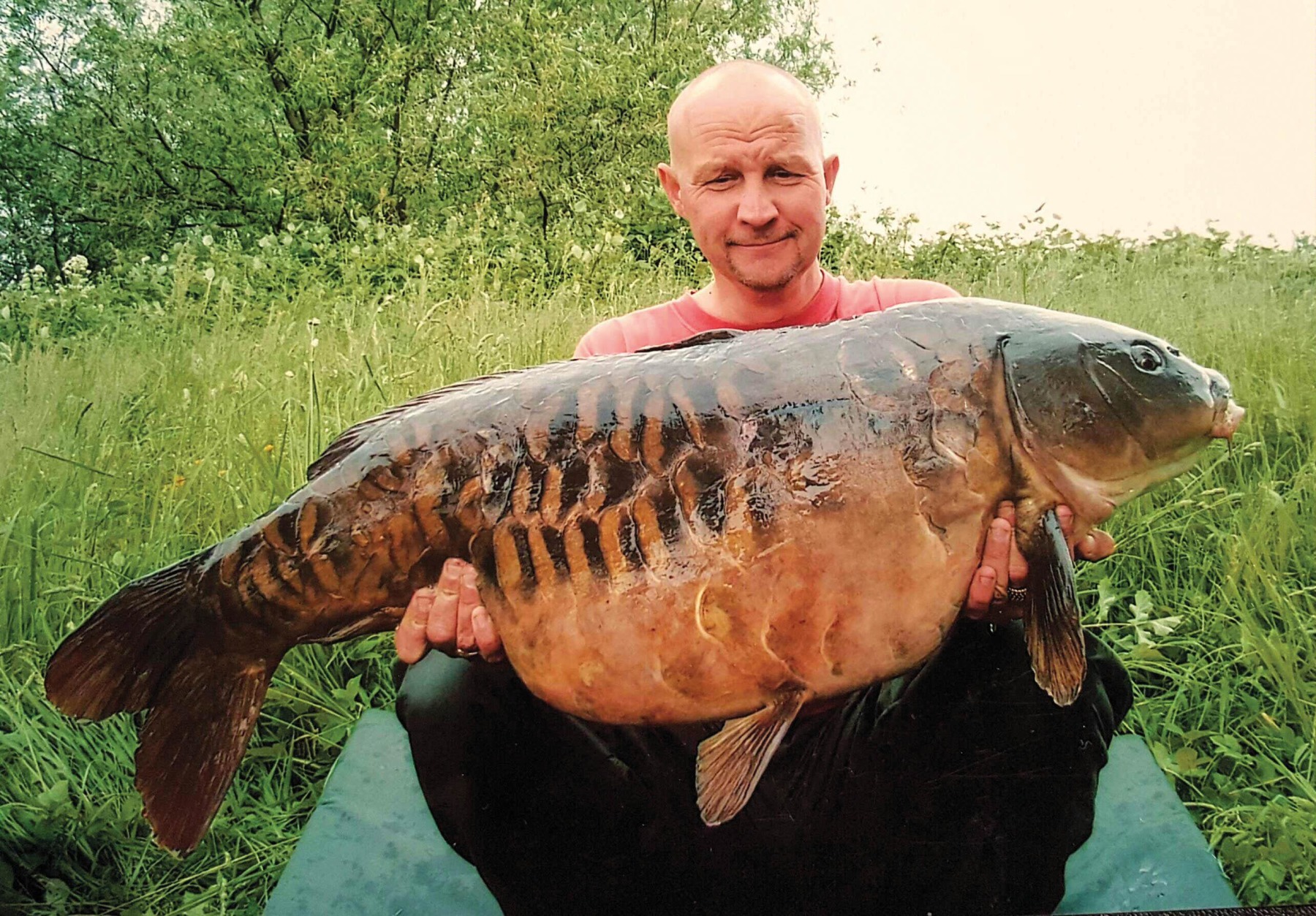The Summerleaze Fully
We profile the rarest of beasts this month: a fully scaled mirror with true Leney heritage!
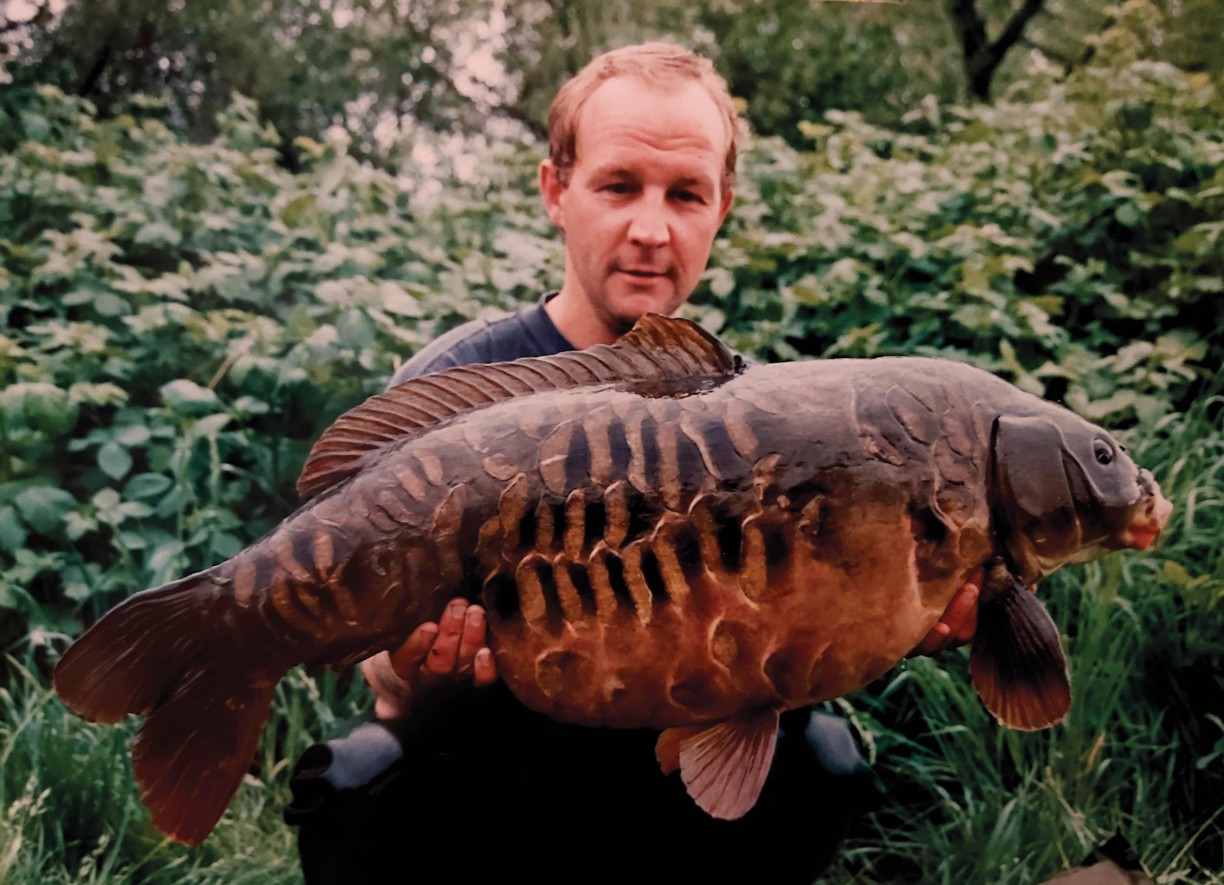
The year is 1965 and a consignment of carp are in transit from Donald Leney’s Surrey Trout Farm, heading to their new home near Maidenhead in Berkshire. The lake in question is a raw gravel pit, surrounded by sleepy, gravel-rich farmland in the Thames Valley. Now, for reasons that will soon become apparent, some of these fish were destined for greatness, while most were to meet a tragic end.
The lake received an initial stocking of 1,000 Leney carp, which evidently thrived in the rich waters of the newly dug pit, run at the time by Maidenhead Angling Club. By the time the 1970s had arrived, the carp were growing well, but by the end of the decade not only had their home got slightly smaller, but their number had reduced too. The landowner had decided to bund off, then backfill part of the lake, and unknowingly tipped the back-fill on top of three quarters of the lake’s stock, who were holed up in a bay. At that point the lake went from around 75-acres, to 60-acres. Eyewitness accounts suggest that huge fish (including an enormous common) were killed during this operation, and it’s possible that only 25 or 30 fish remained afterwards. We can only imagine what the lake might have gone on to produce in the years that followed, had those fish not been killed.
The fish that survived went on to make headlines as the 1990s rolled by. By then the biggest of them had topped 40lb and, although the fishing was notoriously tough, the rewards were clear to the privileged few who trod its banks. The original syndicate had been formed in the very early 1990s and anglers such as Jimmy Burns had caught some of the lake’s jewels (including its biggest the aptly named Big Forty), but it wasn’t until a little later that the rest of the carp world realised quite what swam in Summerleaze’s depths.
The Fully had been getting steadily bigger and was caught at over 30lb by Andy Grant during the first year of the syndicate. By 1996 the lake was playing host to anglers like Ian Russell and Steve Briggs, and it was the former who tripped the Fully up at over 36lb in 1996. The fish made the front cover of Carp-Talk magazine and jaws hit the floor in newsagents all across the country. Ian was destined to catch the great fish again in 2004, while in pursuit of the other great carp that the lake held, this time recording a weight of over 43lb.
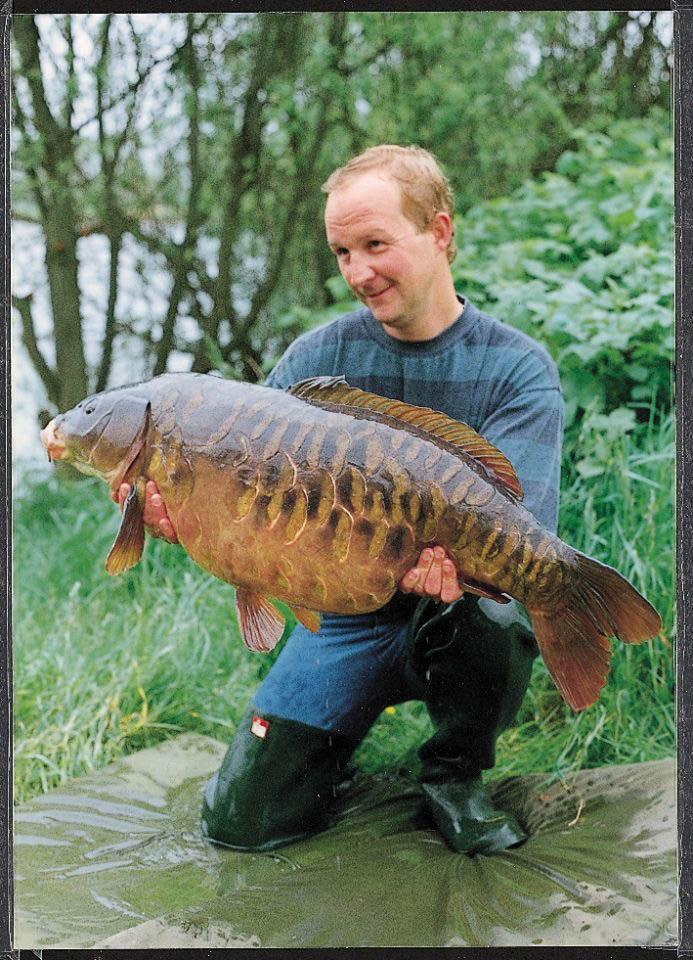
By the time the Millennium dawned over Berkshire, Luton angler Martin Clarke had set his sights on the big Summerleaze fish and embarked on a determined campaign, which culminated in him taking a brace of carp that perhaps is only bettered by the ones famously taken by Sir Pete Springate (another angler who graced Summerleaze during its heyday—even getting a fish named after him). Martin caught what had been the biggest carp in the lake, The Big Forty, at 45lb 8oz and then shortly afterwards banked the Fully at 46lb 2oz, a new lake-record weight. The fish had never looked better and Martin summoned Chris Ball across from Hampshire to take pictures of what was a truly monumental brace, irrespective of the weights.
Although fish like the Fully, Big Forty and Little Forty were the ones which ended up best known, the lake was as famous for the fish that didn’t get caught, despite the attentions of some seriously talented anglers. The famous Sandy Fish seems to have been more than a myth, having been spotted by some credible anglers (and even photographed in the water by Steve Briggs).
Widely thought to have been over 50lb in weight, it was never caught and is presumed to have died sometime into the new millennium. We’ll never know quite how close Ian Russell came to banking that fish, when he managed to hook the lone big bream that used to be Sandy’s little accomplice.
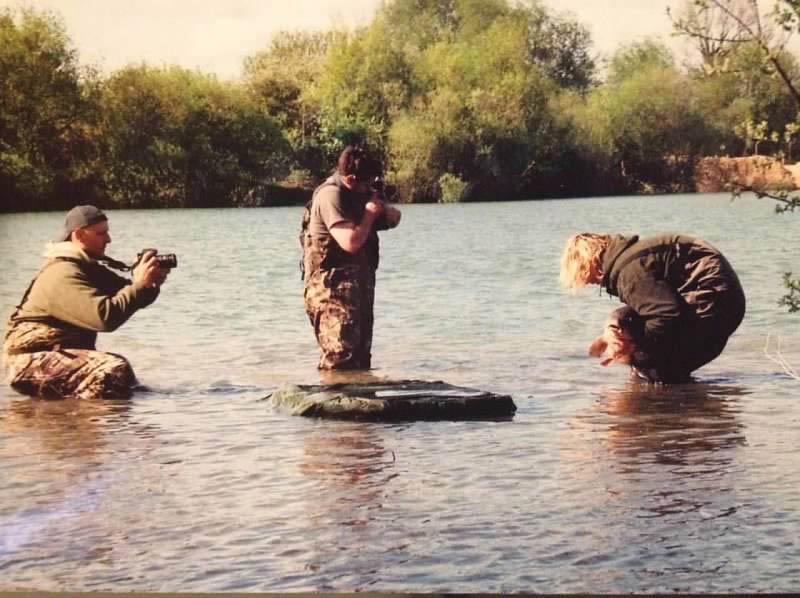
Incredibly, the Fully was regularly caught at over 40lb for the best part of 20 years, which makes it a very rare beast indeed. The anglers who caught it after Martin Clarke rarely publicised their captures and at some stage the lake enforced a no-publicity rule. It’s longevity is remarkable, given the age of the fish and speaks volumes for the care with which the syndicate treated this piece of living history. The Fully is the last of the Leneys to have swum in the lake and when it died, it closed the book on a chapter of UK carp history that some consider to have been the best we’ve ever had.
